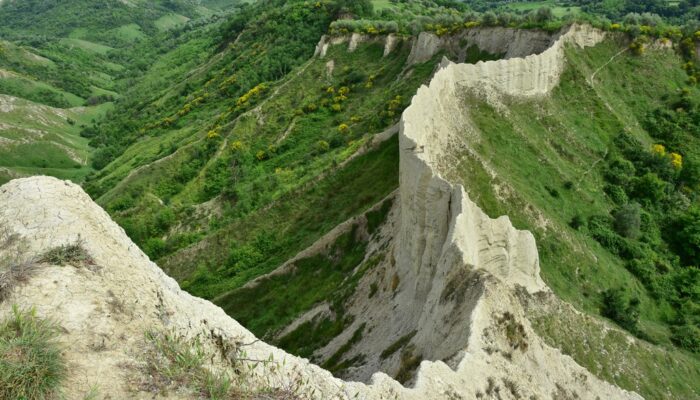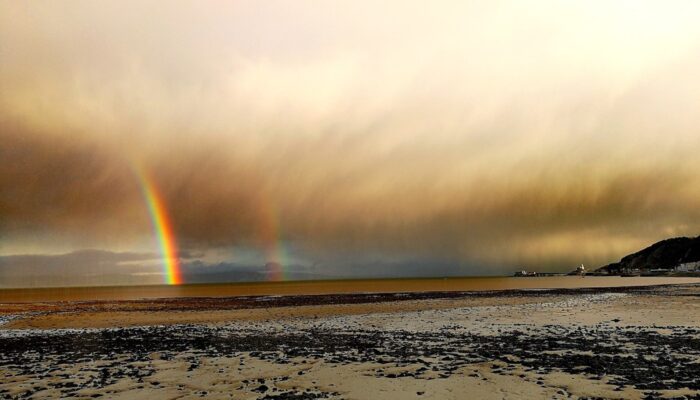Even within Earth’s more arid environments, you can find life! This featured photo was taken near the Lanzhou Zhongchuan Airport, about 50 km away from Lanzhou city, the capital of Gansu province in Western China. The area lies in a region between the Qinghai-Tibet Plateau and the Loess Plateau, with an elevation ranging from 1,500 m to 2,200 m. The landscape is dominated by a network of ridges an ...[Read More]
Imaggeo on Mondays: Life between the arid mountains of Gansu, China




